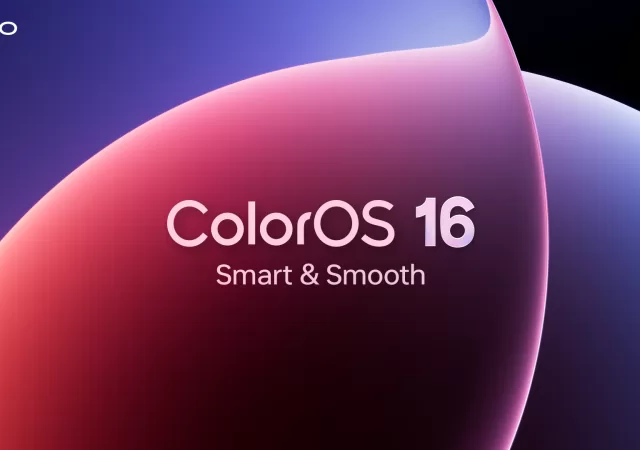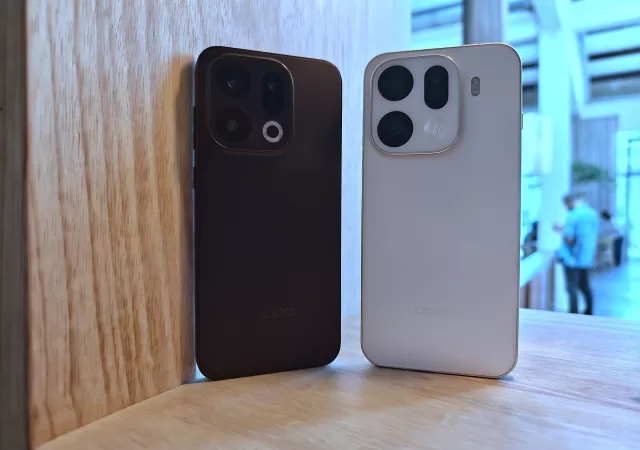Edge computing is the ability to give life to the transformative use cases that businesses are dreaming up today and bring real-time decision making to last-mile locales. This can include a far-flung factory or train roaring down the tracks, someone’s connected home, or their car speeding down the highway or even in space. Who thought we’d be running Kubernetes in space?
This shows that edge computing can transform the way we live, and we are doing it right now.
Why Collaboration Is Critical
Edge technologies are blending the digital and physical worlds in a new way, and that combination is resonating at a human level. This human resonance might sound like an aspirational achievement, but it is already here. A great example is when we used AR/VR to improve safety on the factory floor.
Continued collaboration, however, is necessary to keep enabling breakthrough successes. Across industries and organizations, we are all highly dependent on one another. Thinking about the telecommunications and industrial sectors, in particular, there is a mutually supportive, symbiotic relationship between these industries—5G development cannot be successful without industrial use cases, which, in turn, are based on telco technologies.

However, numerous challenges remain: reducing network complexity, maintaining security, improving agility, and ensuring a vibrant ecosystem where the only way to address and solve those is by tapping into the collective wisdom of the community.
With open-source, we can unify and empower communities on a broad scale. The open-source ecosystem brings people together to focus on a common problem to solve with software. That shared purpose can turn isolated efforts into collective ones so that changes are industry-wide and reflect a wide range of needs and values.
The collaboration that open source makes possible continues to ignite tremendous change and alter our future in so many ways, making it the innovation engine for industries.
If we collaborate on 5G and edge in this manner, nascent technologies could become exciting common foundations in the same way that Linux and Kubernetes have because when we work together, the only limit to these possibilities is our imagination.
From Maps to Apps and Much More
Do you remember having to use a paper-based map to figure out driving directions? Flash forward to today: Look at the applications we take for granted on our phones or in our homes that allow us to change our driving route in real-time to avoid traffic, or to monitor and grant access to our front doors—to the point that these have shaped how we interact with our environments and each other. Yet not too long ago, many of these things were unimaginable. We barely had cloud technology, we were in the transition from 3G to 4G, and smartphones were new.

But there was important work being done by lots of people who were improving upon the core technologies. The convergence of three technology trends, as it turns out, unlocked a hugely disruptive opportunity: a cloud-native, mobile-device-enabled transportation service that picked you up wherever you were and took you wherever you wanted to go.
This opportunity was only possible because each trend built on the others to create a truly novel offering. Without one of these trends, the applications from the ride-sharing apps of the world would not have been the same or as disruptive. Imagine yourself scrambling to find a WiFi hotspot on the street corner, whipping out your laptop outside a restaurant while standing in the rain, or starting your business by first constructing a massive data centre. The convergence of smartphones, 4G networks, and cloud computing has enabled a new world.
Today we are creating the next set of technologies that will become the things so embedded in our lives and so indispensable to our daily habits that we will wonder how we ever got by without them. Are you ready to be wearing clothes with sensors in them that tell you how healthy you are?
The possibilities with edge technologies are equally as exciting. It starts with the marriage of the digital world with the physical world. Adding in pervasive connectivity—leveraging a common 5G and edge platform—we can transform how operational technologies interact with the physical world and that changes everything.
The Future Is Now
We are creating this new world that is hard to imagine, yet it is not so foreign because we have seen how this story has played out before. Expect these new technologies to have profound implications for humanity—in our daily lives, how we interact with one another, and the social fabric of our world.

All of that cannot happen without collaboration.
We have only to look at how open source has empowered collaboration and how working together has helped people across organizations and industries build more robust, shared platforms more quickly and differentiate on top of them—with apps and capabilities built on the foundation of Kubernetes and Linux, for example.






